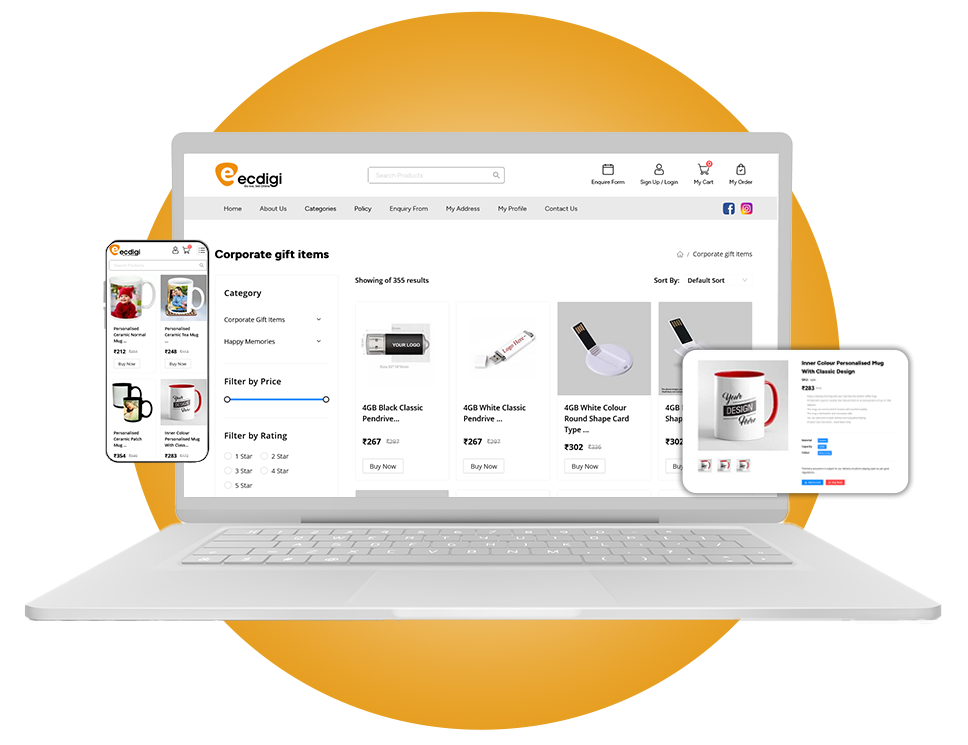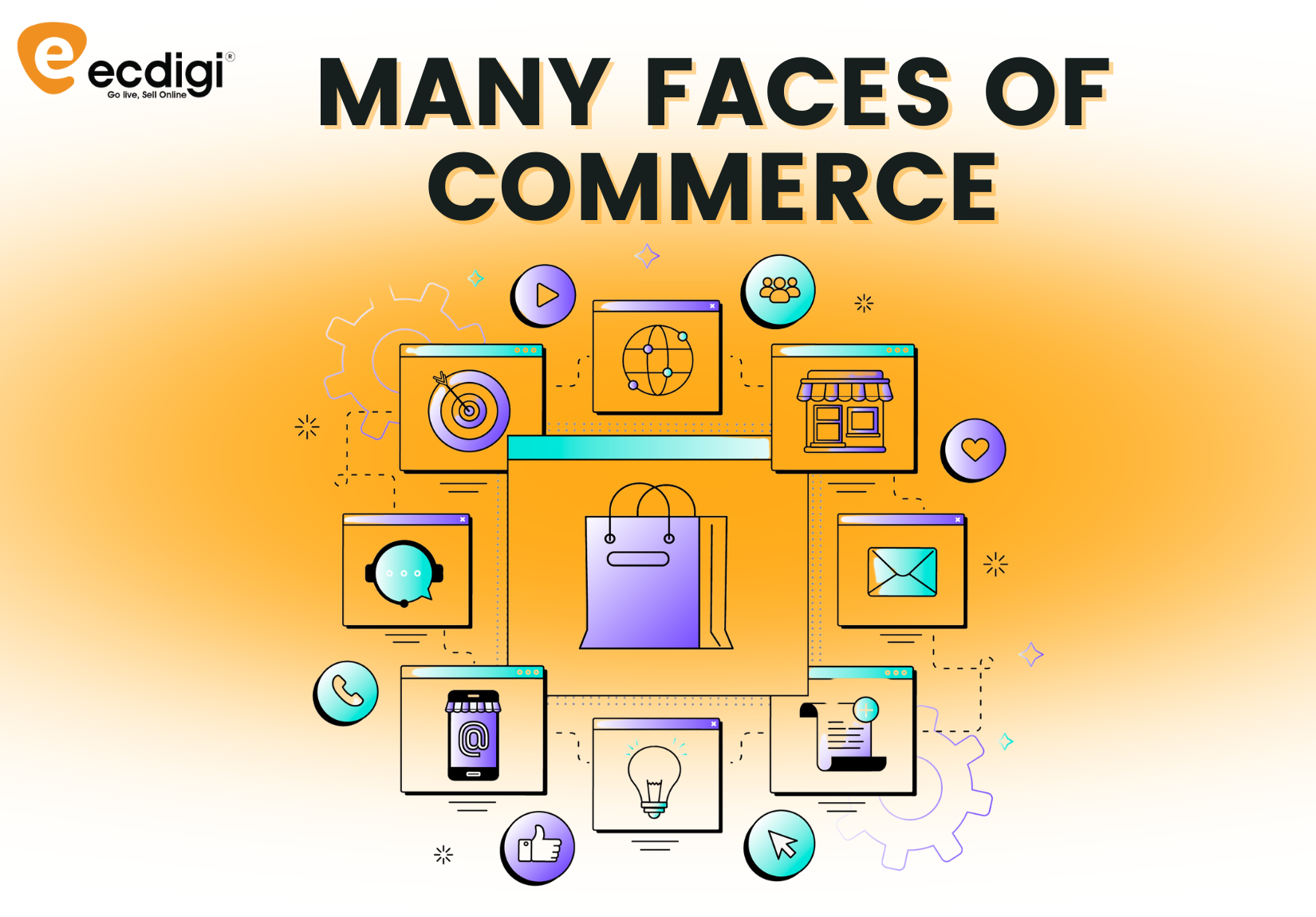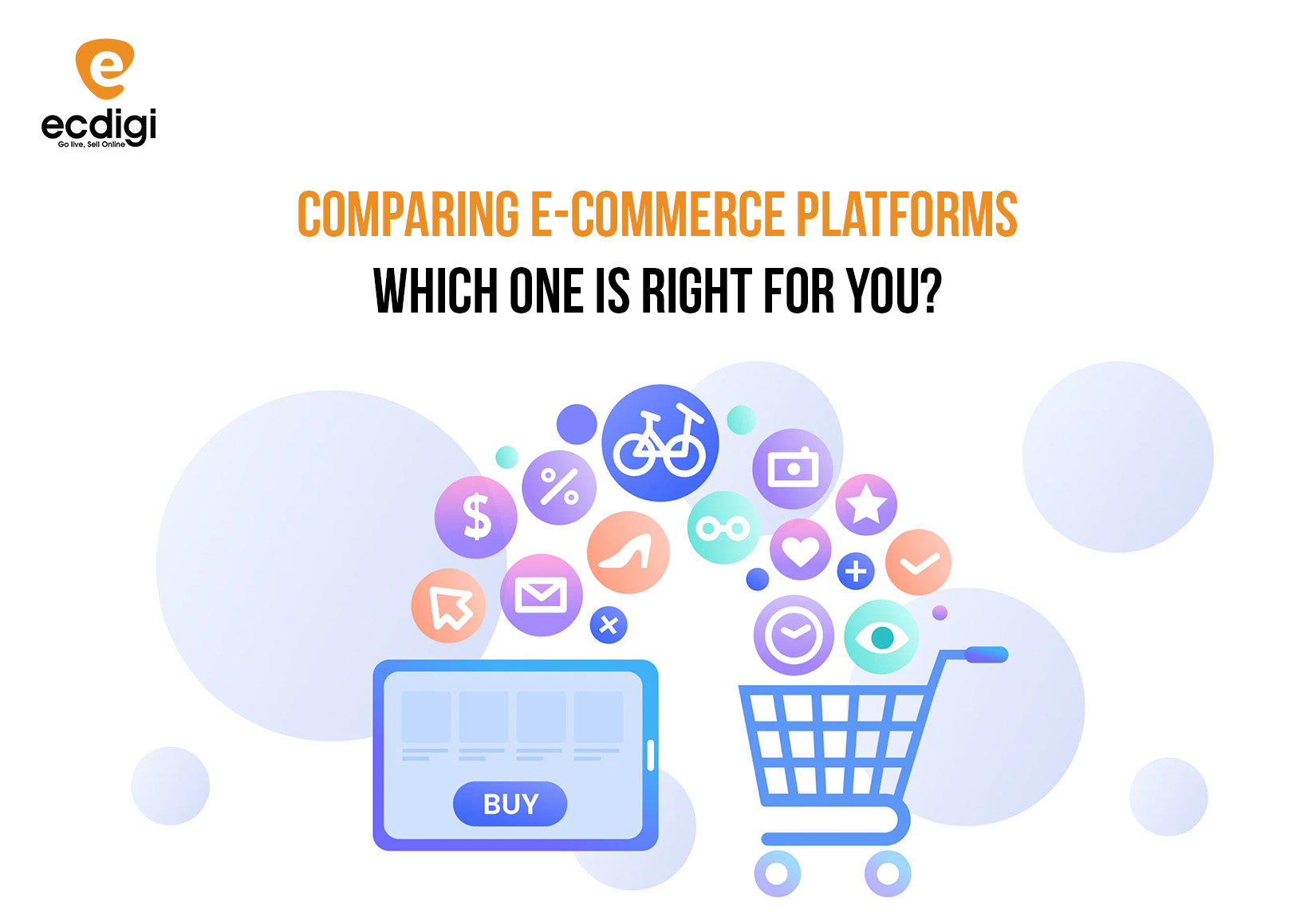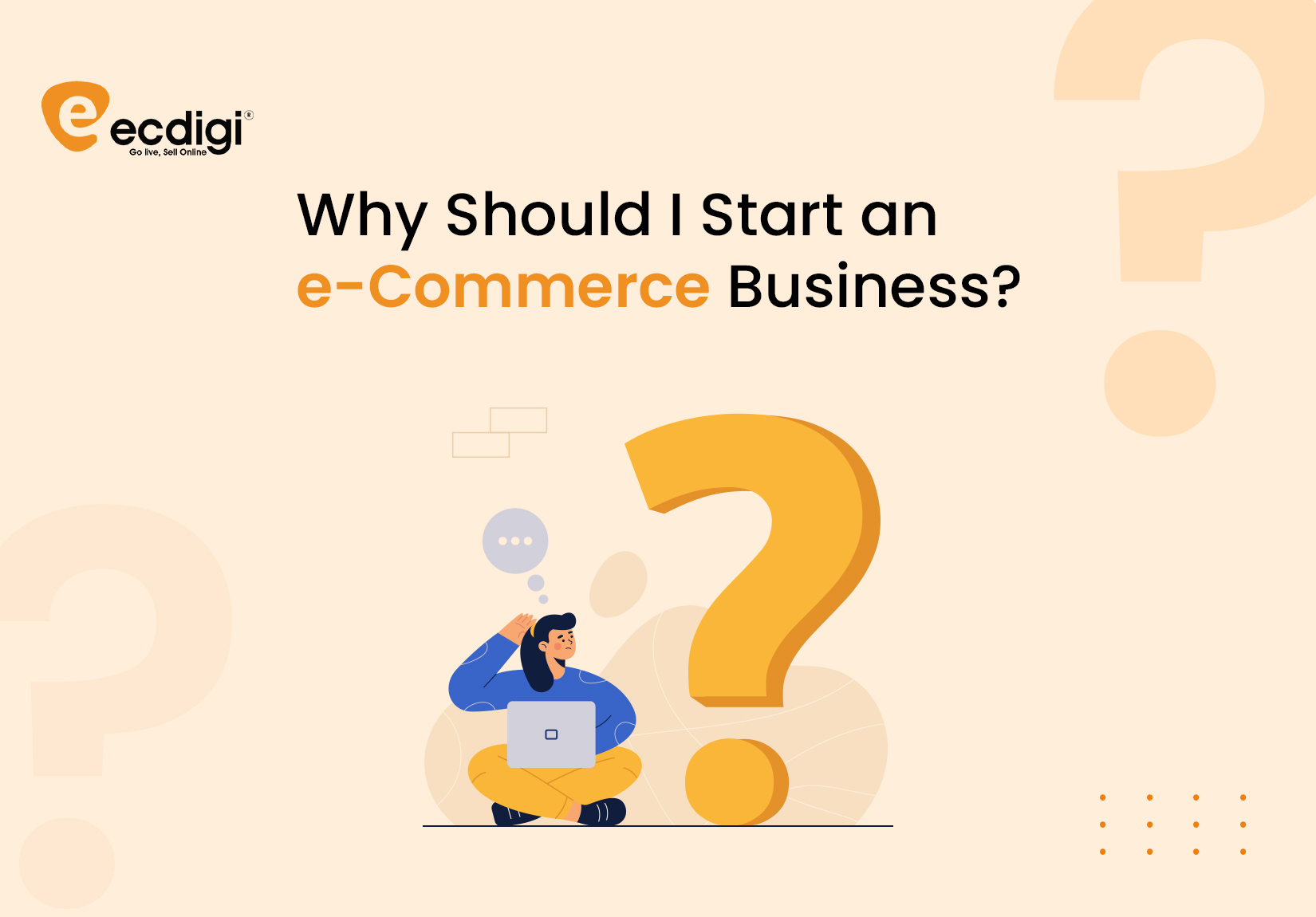Augmented Reality Shopping
The Future of Trying Before Buying
Augmented Reality | 05 March, 2024

AR is changing the retail landscape. It combines the digital and the physical worlds to create immersive shopping experiences that used to be the stuff of science fiction. This technology lets consumers see products in their real-world setting, giving them a glimpse of the future. We will explore the ways in which AR is transforming the shopping experience, and provide examples to illustrate the potential and benefits of this technology for consumers and retailers.
The Rise of Augmented Reality in Shopping
The concept of AR in shopping isn't entirely new, but its adoption has accelerated in recent years, thanks to advancements in technology and a shift in consumer behavior. With smartphones becoming increasingly powerful, AR applications are now more accessible and user-friendly, paving the way for a shopping revolution. From furniture and home decor to fashion and beauty, AR is making its mark across various sectors, providing a unique shopping experience that's both engaging and informative.
How AR is Changing the Shopping Experience
Imagine trying on a pair of glasses without stepping into a store or visualizing how a new sofa would look in your living room without having to measure or guess. This is the reality of AR shopping. By superimposing digital images onto the real world through a smartphone or AR glasses, consumers can make informed decisions, save time, and enjoy a personalized shopping journey.
Brand Examples Leading the Way
1. IKEA Place
IKEA was one of the pioneers in leveraging AR technology to enhance the customer experience. With the IKEA Place app, users can see how furniture looks and fits in their space before making a purchase. This not only boosts confidence in buying decisions but also reduces the hassle of returns, creating a win-win scenario for both the company and its customers.

2. Sephora Virtual Artist
In the beauty industry, Sephora's Virtual Artist app uses AR to let customers try on makeup virtually. This tool has transformed the way people shop for cosmetics, allowing them to experiment with different shades and styles without the need for physical testers, which is especially relevant in a post-pandemic world.

3. Warby Parker
In the eyewear sector, Warby Parker's app offers a virtual try-on feature that enables customers to see how glasses look on their face from the comfort of their home. This not only enhances the shopping experience but also streamlines the selection process, making it easier for customers to find the perfect pair of frames.

Benefits of AR Shopping
-
 Enhanced Customer Experience: AR offers an interactive and immersive shopping experience, making it more enjoyable and engaging for consumers. It bridges the gap between online and physical shopping, providing the best of both worlds.
Enhanced Customer Experience: AR offers an interactive and immersive shopping experience, making it more enjoyable and engaging for consumers. It bridges the gap between online and physical shopping, providing the best of both worlds.
-
 Informed Decision-Making: By allowing consumers to visualize products in a real-world context, AR helps in making more informed purchasing decisions, reducing the likelihood of returns and dissatisfaction.
Informed Decision-Making: By allowing consumers to visualize products in a real-world context, AR helps in making more informed purchasing decisions, reducing the likelihood of returns and dissatisfaction.
-
 PartnPersonalization:erships AR technology can tailor recommendations and visualizations based on individual preferences and past behaviors, offering a personalized shopping experience that traditional online shopping can't match.
PartnPersonalization:erships AR technology can tailor recommendations and visualizations based on individual preferences and past behaviors, offering a personalized shopping experience that traditional online shopping can't match.
Challenges and Future Outlook
Despite its promising potential, AR shopping faces several challenges, including the need for widespread adoption, technological limitations in accurately rendering products, and ensuring user privacy. However, as technology advances and more brands invest in AR, these hurdles are likely to diminish, paving the way for a future where AR shopping becomes the norm rather than the exception.
Moreover, the integration of AR with other technologies like artificial intelligence (AI) and machine learning (ML) is expected to further enhance the shopping experience, making it more intuitive and customized. As we look to the future, it's clear that AR has the potential to transform the retail landscape, offering a more dynamic, efficient, and personalized way of shopping.
In Conclusion
Augmented reality shopping represents a significant shift in the retail industry, offering a glimpse into a future where trying before buying is not just convenient but also immersive and fun. With brands like IKEA, Sephora, and Warby Parker leading the way, it's evident that AR has the power to enhance the shopping experience, making it more engaging, personalized, and efficient. As we continue to navigate the digital age, the integration of AR into our shopping habits promises to redefine our expectations and experiences, making the act of shopping not just about purchasing but about enjoying a journey of discovery and visualization. The future of shopping is here, and it's augmented.













































